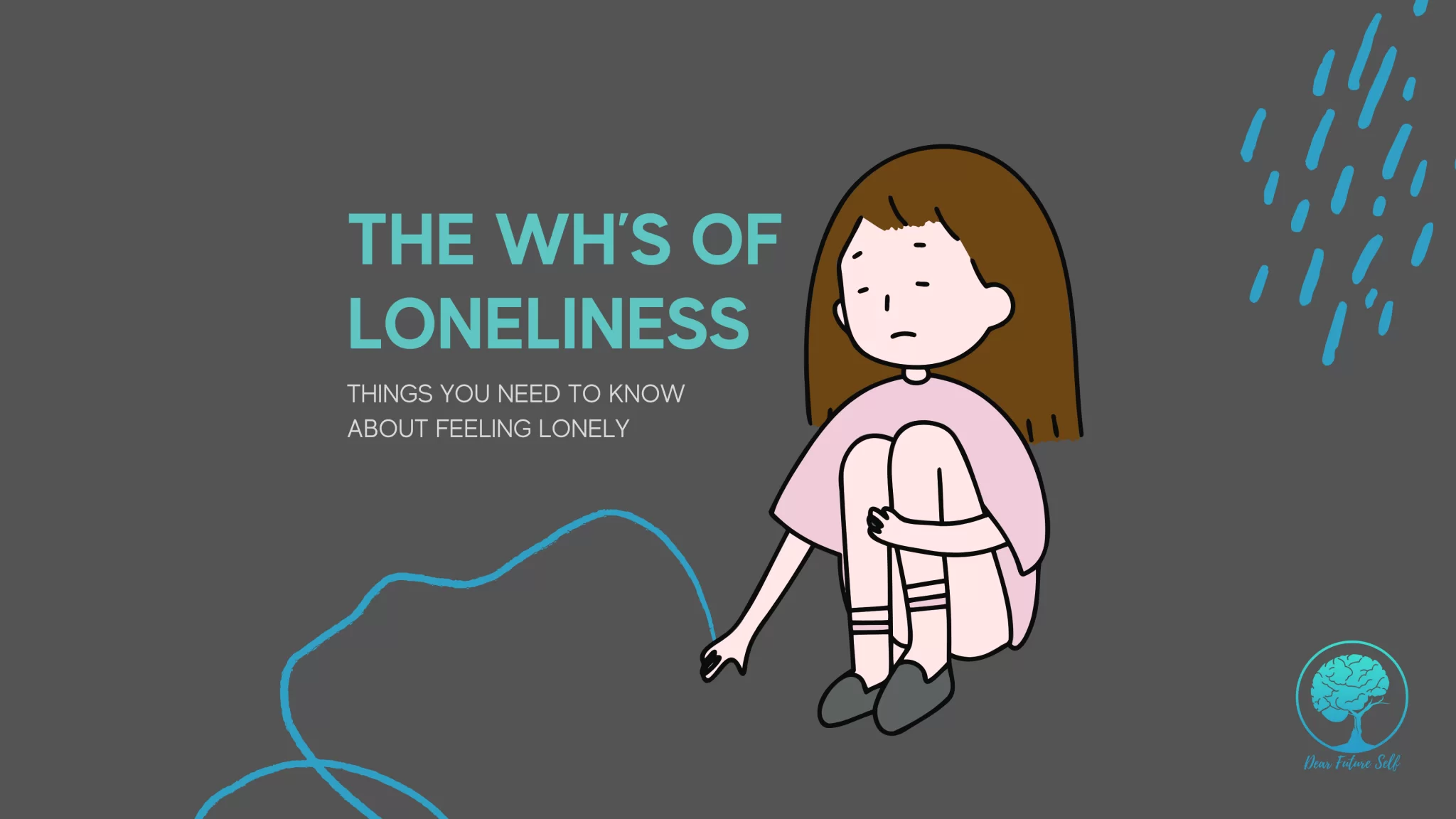Today, let’s talk about a topic that many people are concerned with—loneliness. But instead of approaching it from a psychological perspective, we’ll take a different angle and examine how a society is tackling the issue of loneliness. The case we will discuss is South Korea.
In April 2025, Seoul, South Korea, will launch a special hotline called the “Goodbye Loneliness 120 Hotline.” If citizens feel particularly lonely, they can call this hotline, and a mental health counselor will chat with them. If there are practical life difficulties, the counselors will also help connect them to relevant social institutions.
Although South Korea has not coined a specific term like Japan’s “lonely death,” it doesn’t mean that the issue is any less serious. They have been trying to address this problem for some time. From their approach, we can see how a society can fight against loneliness. After all, loneliness is a widespread social phenomenon, and its solutions are worth understanding.
First, how serious is the loneliness problem in South Korea? In absolute numbers, it is currently far less severe than in Japan. In the first half of 2024, 37,000 people living alone were found dead in Japan, while the number in South Korea was approximately 5% of Japan’s total. However, there are two noteworthy aspects. One is that, among those who die from loneliness, middle-aged and elderly men in South Korea have a higher proportion. This may be related to economic pressures such as unemployment or divorce. Secondly, South Korea’s suicide rate has been rising in recent years.
According to data released by the South Korean Statistics Office in February this year, 14,439 people committed suicide in South Korea in 2024, averaging 40 people per day, marking the highest record since 2011. Note that this only includes the number of suicides; it does not count those who were saved. South Korean scholars are increasingly focused on the suicide issue and have conducted many studies on it.
For instance, some have pointed out that South Korea’s suicide rate is highly correlated with celebrity suicides. If a celebrity passes away, the suicide rate during that period tends to increase significantly and continues for 7 to 8 weeks. Psychologically, this phenomenon is called the Werther Effect, a term derived from Goethe’s 1744 novel The Sorrows of Young Werther, where the protagonist, Werther, commits suicide due to unrequited love, and many readers later imitated him. The Werther Effect exists in many areas, but since the suicide rate among South Korean celebrities is relatively high, the damage caused by the Werther Effect is more severe.
Of course, celebrity suicides are only triggers. The root causes of suicide among ordinary people, from the past to the present, are loneliness, social inequality, and economic decline, with loneliness ranking first.
In fact, defining what loneliness is can be challenging. Unlike emotions such as anger, sadness, or excitement, loneliness does not have obvious characteristics. It’s hard to pinpoint the traits of lonely people or those who are not lonely. This is why loneliness is not strictly a single emotion, but rather a cluster of emotions, including resentment, sadness, shame, jealousy, self-pity, and so on. If we had to summarize, quoting Professor Liu Wei from the Philosophy Department of Renmin University, loneliness is a sense of meaninglessness and disconnection. It’s the feeling that nothing is worth doing or that one is disconnected from those around them.
Of course, we can put the conceptual problem aside for now. The key point is, when loneliness spreads as a common emotion and causes real problems, what should we do?
Let’s look at South Korea again. Over the years, they have implemented various measures. The “Loneliness-Free Seoul” plan, launched in October 2024, can be seen as the culmination of these efforts, almost utilizing all available tools. The entire plan is expected to take five years and will cost 4.513 trillion South Korean won (approximately 23.3 billion RMB), making it one of the largest and most invested anti-loneliness plans in South Korea’s history.
So, what does this plan include? There are three key points: coverage, gamification, and personalization.
First, Coverage. This means mobilizing as many resources as possible to cover all lonely individuals in Seoul and ensure that everyone’s living situation is within view.
For example, the Seoul government collaborates with food delivery platforms, because even the loneliest people still order takeout. Delivery drivers are ideal observers; if they notice a person at risk of loneliness, they can report it to the government, which will then follow up with remote consultations or home visits.
Furthermore, to monitor loneliness, the South Korean government has established a special set of evaluation criteria. For instance, if someone has not left their home for more than six months and has no social activities, they are classified as a recluse and become a key monitoring target. In 2021, about 5% of South Koreans aged 19 to 34 were classified as recluses.
Additionally, they have established local support points. Using 46 types of data, such as water and electricity usage, the government identifies reclusive households and sets up nearby convenience stores and laundromats as support centers. Seoul has also established “mind convenience stores” where anyone feeling lonely can go to eat a cheap bowl of ramen and seek help from a counselor. They have also partnered with online platforms to encourage people to dine out by offering restaurant vouchers.
Moreover, in 2024, the South Korean government announced that, starting in 2025, they will provide biannual mental health checks for people aged 20 to 34 and increase the number of mental health centers while strengthening suicide prevention education.
If these investments prove effective, not only will they save many lives, but they will also recover significant economic losses. In 2023, 402,000 healthy young people in South Korea refused to seek employment, causing enormous economic losses.
In other words, although South Korea has spent a large amount of money to combat loneliness, this is still a small amount compared to the losses caused by severe loneliness.
However, loneliness is often a person’s choice. Therefore, simply setting up assistance institutions is not enough; the key is to encourage people to take action and actively leave their homes.
So, how to do this? This leads us to the second design point of the “Loneliness-Free Seoul” plan: gamification. This means designing loneliness assistance like a game, gradually guiding people to participate.
For instance, starting in April 2025, Seoul will launch the “Goodbye Loneliness 120” hotline, available 24/7. By calling this hotline, people can consult with professional counselors about their mental health issues.
The key design here is that a reward system is set up for those who successfully overcome severe loneliness with the assistance. If they succeed, they can apply to become a counselor for the hotline. Many South Korean young people cut off social connections initially because they couldn’t find a job. According to Ryu Jeong-hun, a welfare official at South Korea’s Ministry of Employment and Labor, many suicides in people aged 20 to 30 are due to unemployment or layoffs. Therefore, providing them with an opportunity to return to society through work is key to solving this issue.
Additionally, to prevent loneliness early on, Seoul has launched the “365 Seoul Challenge,” which includes activities like nature therapy hikes, exercise, and outdoor reading. By participating, people can earn points like in a game, which they can later redeem for rewards like subway passes, camping site vouchers, and Seoul Botanic Garden tickets.
The second key design is, therefore, gamification.
The third key design is personalization. Different solutions are provided for different groups.
For elderly people living alone, they plan to introduce an “Elderly Information Integration Channel.” With the aging population, many elderly people in South Korea start part-time jobs in their later years, but their ability to access information is limited. The Seoul government plans to launch a platform to help the elderly find part-time or temporary jobs and apply for various welfare benefits such as pensions, medical subsidies, and housing support.
For young people with loneliness, they will offer customized treatment plans, such as “Horticulture Prescriptions,” which involve therapeutic activities in gardens or forests, and “Self-reliance Prescriptions,” which support young people in achieving independence through community partnerships. In the future, Seoul also plans to launch the “Seoul Youth Stretch Center,” mainly providing career guidance and internship opportunities to help young people improve their employability.
To summarize, these are Seoul’s social-level efforts to combat loneliness. The specific effects are still uncertain and will need further observation. But at least for now, these actions have elevated the fight against loneliness from an individual battle to a societal issue, which is a positive development.
Finally, let’s turn to ourselves. At the end of 2024, the China National Committee on Aging released the China Aging Development Report 2024—Psychological Health of Chinese Elderly blue paper. The good news is that, compared to data from 2015, the sense of loneliness among elderly people in China has significantly decreased over the past decade, while their sense of happiness and fulfillment has clearly increased.
However, the challenge remains that one-quarter of the elderly still experience varying degrees of loneliness. The expert team has also provided some coping strategies.
First, use short video apps more, and ideally create your own short videos. Currently, 36.6% of elderly people in China use smartphones, and the actual number may be higher due to statistical methods. According to Li Jing, Director of the Institute of Aging Society and Culture at the China National Committee on Aging, the use of short videos has a positive relationship with the psychological health of elderly people. Moreover, creating videos oneself is more beneficial to mental health than just passively watching them.
Second, exercise more. In China, 38.3% of elderly people exercise regularly, while
45.2% of elderly people have adopted the habit of reading books.
Finally, stay connected with your social circle. This is also important. Social interaction remains a key factor in preventing loneliness. South Korea’s integration of support resources from various institutions serves as a good reference for China to take further actions in combating loneliness.
In conclusion, loneliness is a serious issue. Tackling it requires the efforts of society, institutions, and individuals. South Korea’s comprehensive approach offers an insightful perspective on how we can approach and address loneliness, and it’s an approach that we can adopt globally.


